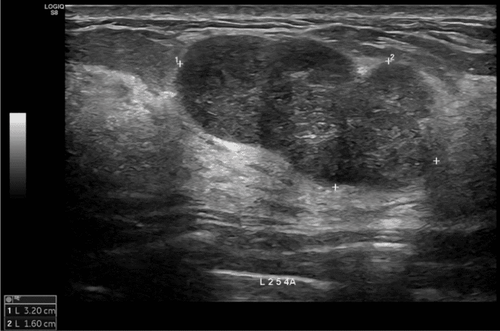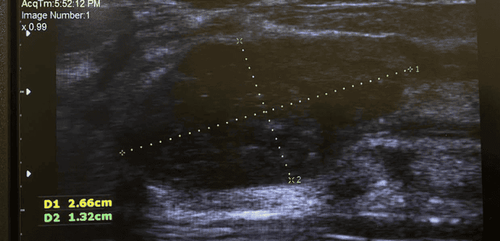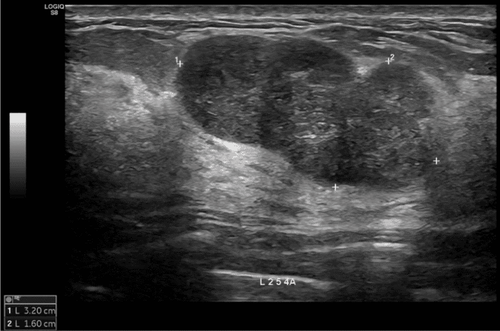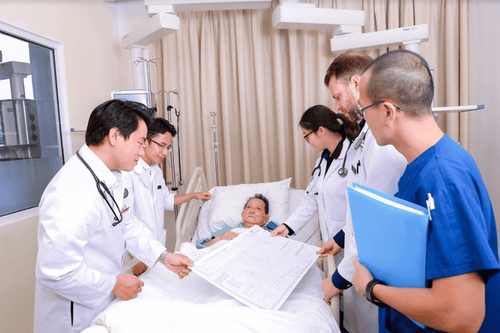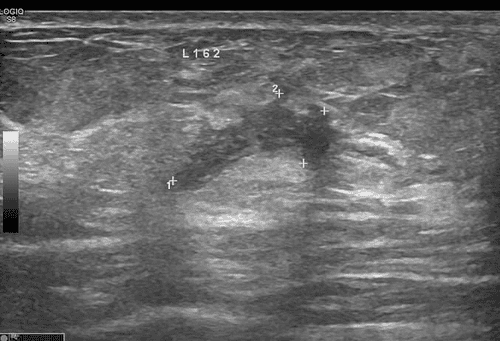Nguyen Thanh Liem 1 , Nguyen Hoang Phuong 1, Nguyen Trung Kien 1
1 Vinmec Research Institute of Stem Cell and Gene Technology, Hanoi, Vietnam.
Corresponding author: Nguyen Thanh Liem
Journal: Health and Quality of Life Outcomes 2018; 16:164
Published on: 2018-08-14
Link: https://hqlo.biomedcentral.com/articles/10.1186/s12955-018-0992-x
Research context: Quality of life (QOL) is an important factor in evaluating the effectiveness of treatment for children with cerebral palsy (CP). The purpose of this study is to evaluate the effectiveness of autologous bone marrow mononuclear stem cell (BM MNCs) transplantation on the quality of life of children with cerebral palsy.
Methods: From December 2015 to December 2016, 30 children with cerebral palsy aged 2 to 15 years received 2 autologous bone marrow mononuclear stem cell (BM MNCs) transplants, 3 months apart at Vinmec International General Hospital. The children's motor function and muscle tone were assessed using the Gross Motor Function Measure (GMFM)-88 and the modified Ashworth Scale. The children's quality of life was assessed at pre-transplant and 6 months after the first transplant using the Cerebral Palsy Quality of Life for Children (CP QOL-Child). This questionnaire included 7 main domains and was completed by the children's parents. A total of 19 mothers (mean age: 32.9±4.9 years) and 11 fathers (mean age: 36.1±6.8 years) were invited to complete the CP QOL-Child questionnaire before and after stem cell transplantation. Paired t-tests and multiple regression analysis were used to assess changes in QOL and GMFM scores and to identify key factors associated with children's QOL scores.
Results: Significant improvements in children's gross motor function and muscle tone were demonstrated by GMFM-88 total score, domain scores, GMFM-66 percentile score, and muscle tone (P < 0.001). Six months after stem cell transplantation, children with cerebral palsy's Quality of Life scores increased significantly (P < 0.001) in most domains, except for the domain of access to services. Results of multivariate regression analysis showed a positive correlation between children's age and increases in Quality of Life except for the functional sensory domain, pain domain, and disability impact domain. Cerebral palsy severity according to the Gross Motor Function Classification System (GMFCS) was inversely correlated with the pain and disability impact domain scores, while GMFM-88 scores were positively correlated with Quality of Life in the domains of functional sensation and family health (P < 0.05).
Conclusion: The quality of life of children with cerebral palsy significantly improved after 6 months of autologous bone marrow mononuclear stem cell transplantation, along with improvements in gross motor function and muscle tone.
Keywords: Quality of Life, Cerebral Palsy, Stem Cell Transplantation.

